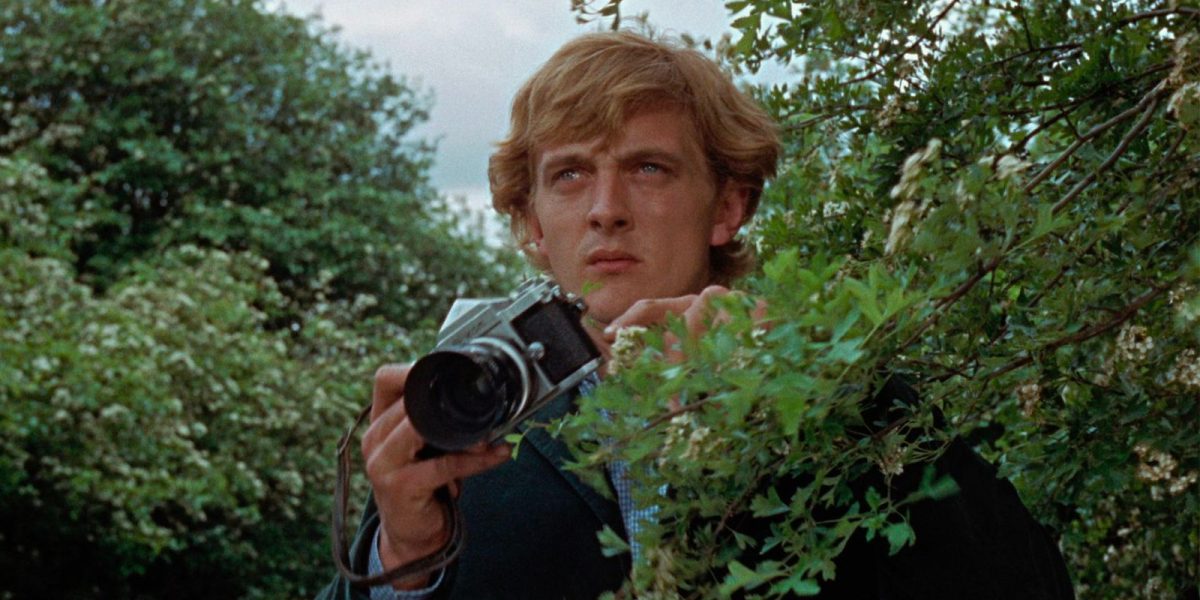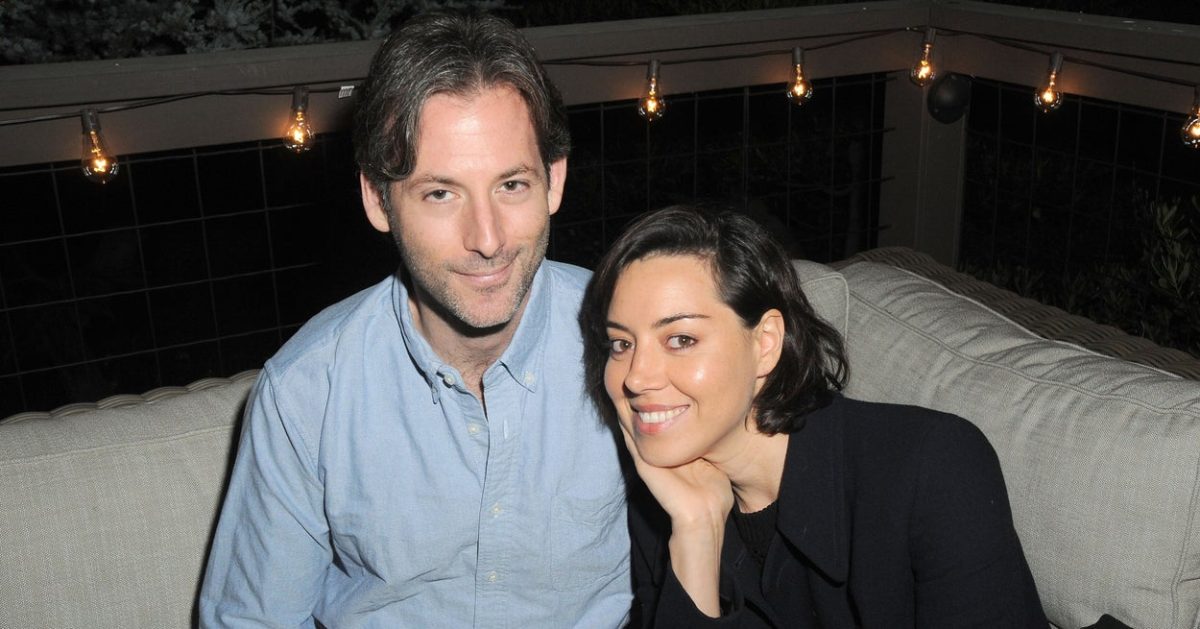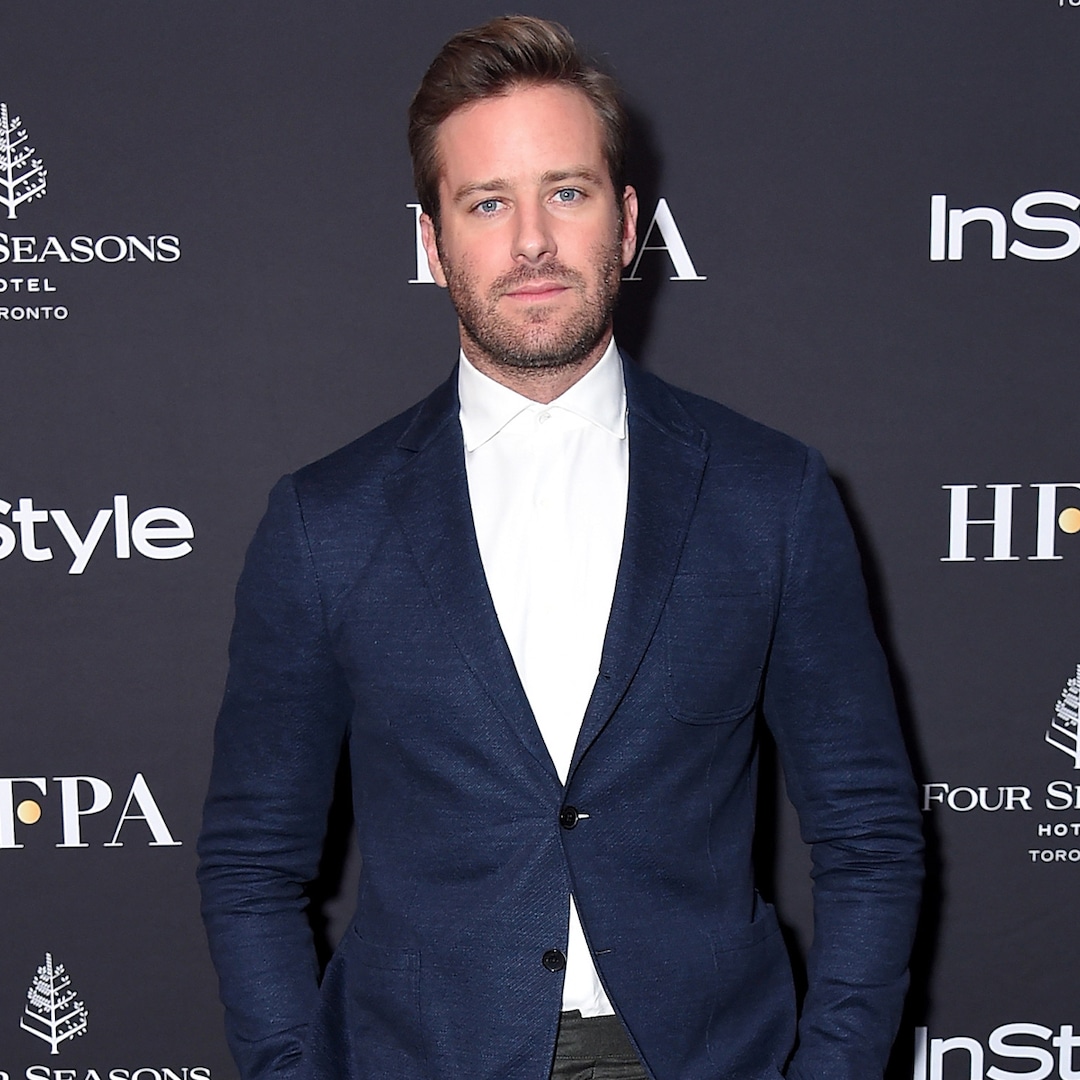
The Legendary Thriller That Forced the MPAA Into Existence
May 2, 2024
The Big Picture
Early 20th-century detective novels influenced Hollywood’s noir genre, which evolved into neo-noirs by the 1970s.
Michelangelo Antonioni’s
Blow-Up
featured realistic human dramas, influencing iconic filmmakers like Francis Ford Coppola and Brian De Palma.
Blow-Up
led to the creation of the MPAA rating system to release the film in the U.S., impacting subsequent cinema.
The popularity of “dime store detective novels” and other mystery stories within the early 20th century had a significant impact on Hollywood, leading to the emergence of the noir genres. Some of the earliest film noirs followed grizzled, world-weary detectives like Humphrey Bogart’s Sam Spade, as they were trapped within complex mysteries filled with morally dubious characters. While original noirs typically were confined to their urban environments and followed similar models, the concept began to expand thanks to the subgenre of “neo-noirs,” which transplanted similar narrative arcs into different settings. Although this subgenre began to take off in earnest in the 1970s, the origins of cinematic neo-noirs can be traced to the legendary existentialist thriller Blow Up by filmmaker Michaelangelo Antonioni.
Blow-Up
A fashion photographer unknowingly captures a death on film after following two lovers in a park.Release Date September 26, 1967 Director Michelangelo Antonioni Cast David Hemmings , Vanessa Redgrave , Sarah Miles , John Castle , Jane Birkin Runtime 111 Minutes Main Genre Drama Writers Michelangelo Antonioni , Julio Cortázar , Tonino Guerra Budget 1.8 Million Studio(s) Carlo Ponti Production Distributor(s) Premier Productions
What Is ‘Blow-Up’ About?
While he was certainly hailed as one of the most greatest filmmakers of his era, Antonioni wasn’t necessarily known for his expertise within the noir genre. Antonioni’s earlier masterworks included the romantic dramas Red Desert and La Notte, both of which focused on the mundanity of existence, and took a cynical look at marital stability. While it didn’t suggest any visceral qualities that would prepare him for a more action-packed genre film, Antonioni’s experience crafting realistic human dramas allowed him to make a more realistic neo-noir with Blow Up. The film benefitted from his ability to capture an authentic “slice of life” narrative, and became all the more thrilling as a result.
Set within what at the time was contemporary London, Blow Up analyzes a series of ethical dilemmas that an observer faces after bearing witness to a murder. After taking time to develop a book filled with photos, the photographer Thomas (David Hemmings) misses his meeting for a photo shoot, and subsequently wanders into Maryon Park to search for new subjects. Although he only takes photos out of boredom, David takes a photo of the woman Jane (Vanessa Redgrave) and her lover. After Jane reaches out to him in the aftermath in worried confusion, Thomas begins to suspect that the man in the park may have been murdered. He is subsequently drawn to solve the mystery as he furtively analyzes the photos that he took, and attempts to find any latent clues.
While it certainly wasn’t the first murder mystery ever brought to the silver screen, Blow Up forced the viewer to examine the potential murder through the protagonist’s perspective. The viewer is only exposed to the same limited amount of information that Thomas is; as a result, his growing obsession with determining what he actually observed is something that the audience can connect to. Rather than heightening the tension through the use of dramatic musical choices, Antonoioni incorporated diegetic music popular in London at the time, as well as ambient background noise. The insertion of more realistic audio enhances the film’s observational qualities; it also helps increase the level of paranoia once Thomas begins to suspect that he’s being watched by vindictive conspirators.
‘Blow-Up’ Influenced a Generation of Great Filmmakers
While it was a film that came to dominate the development of British thrillers, Blow Up held an even deeper resonance for American viewers. The film was released in 1966 when political paranoia was at an all-time high; in the aftermath of the assassination of President John F. Kennedy and the subsequent tensions with the Soviet Union during the Cold War, Blow Up’s voyeuristic themes and political paranoia struck a chord with viewers that were fearful of conspiracy thrillers. When Hollywood began to turn its eyes towards younger filmmakers within the “New Hollywood” era in the 1970s, many of these breakthrough directors drew from Blow Up when crafting their influential features.
Although both The Godfather and The Godfather: Part II were among the most popular films of the decade, Francis Ford Coppola’s 1974 masterpiece The Conversation is also one of his greatest films.The Conversation tells a very similar story as Blow Up, and replicates many of its aesthetic qualities. The film centers on the surveillance expert Henry Caul (Gene Hackman), who records ambient sounds by wiretapping clients. After a stroll in San Francisco’s Union Square, Caul picks up a recording that he perceives to be evidence of a murder; similar to Thomas in Blow Up, Caul grows fearful that he is being watched by unseen conspirators. The Conversation had only more resonance in the United States in the aftermath of the Watergate scandal.
Related The 10 Best Michelangelo Antonioni Movies, According to IMDb The acclaimed Italian director has created some amazing movies.
Director Brian De Palma also drew from Blow Up when creating his political thriller Blow Out. Set in Philadelphia, the film follows the movie sound recorder Jack Terry (John Travolta), who begins to suspect he’s uncovered a political conspiracy after he takes audio recordings from a car crash involving a prominent politician. Sequences of Terry rewinding and analyzing his audio were very similar to the moments of Thomas sorting through his photos in Blow Up.
‘Blow Up’ Helped Create the MPAA
While it was hailed as one of the greatest films of the 1960s, Blow Up received some backlash in the United States due to the level of violent and sexual content in the film. Blow Up didn’t conform to the standards of Hollywood’s production code, but the Motion Pictures Association of America didn’t want to ban it from release; the film’s distributor, MGM, was one of its most prominent member studios. The MPAA created the rating system so that Blow Up could be released in America, and gave it a rating that prevented younger viewers from seeing the graphic content.
Blow Up may allow for more creative freedom for filmmakers interested in incorporating sensitive material. However, the MPAA remains a controversial organization based on the restrictions each rating has. Many filmmakers and industry veterans have criticized the NC-17 rating, which replaced the previous rating of “X.” Nonetheless, the NC-17 rating still puts significant restrictions on the potential audience and allowed marketing materials available for a film.
Blow Up is streaming on Tubi in the U.S.
Watch on Tubi
Publisher: Source link
Aubrey Plaza Issues Statement After Jeff Baena’s Death
The 40-year-old star and Jeff’s family issued a statement to People on Monday, where they called their loss an “unimaginable tragedy.”The Los Angeles County coroner’s office previously determined that Jeff died by suicide in his LA home. He was 47…
Jan 10, 2025
Jill Duggar’s Husband Clarifies Where He Stands With Jim Bob Duggar
Jessa Duggar (m. Ben Seewald)Jim Bob and Michelle's fifth child, Jessa Duggar, was born Nov. 4, 1992. Jessa met Ben through church and he began courting her in 2013—the old-fashioned approach to romance coming as a brand-new notion to a lot…
Jan 10, 2025
The Internet Has Officially Lost It Over Andrew Garfield's Slutty Glasses
That man knew exactly what he was doing with those glasses.View Entire Post › Disclaimer: This story is auto-aggregated by a computer program and has not been created or edited by filmibee.Publisher: Source link
Jan 9, 2025
Armie Hammer Lands First Movie Role Since Cannibalism Allegations
Armie Hammer Cameos As “Kannibal Ken” in Music Video 4 Years After Cannibalism ClaimsArmie Hammer is heading back to the big screen. More than one year after the Los Angeles Police Department ended their lengthy investigation into the Call Me…
Jan 9, 2025











